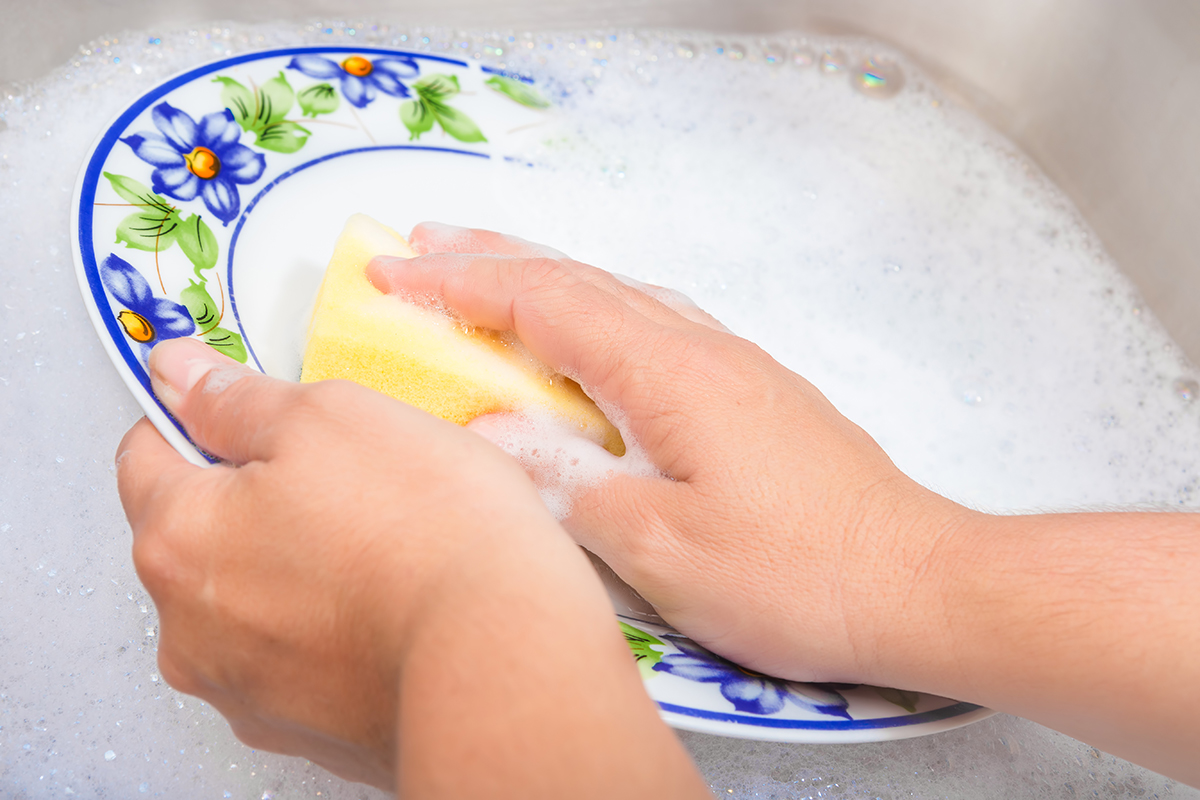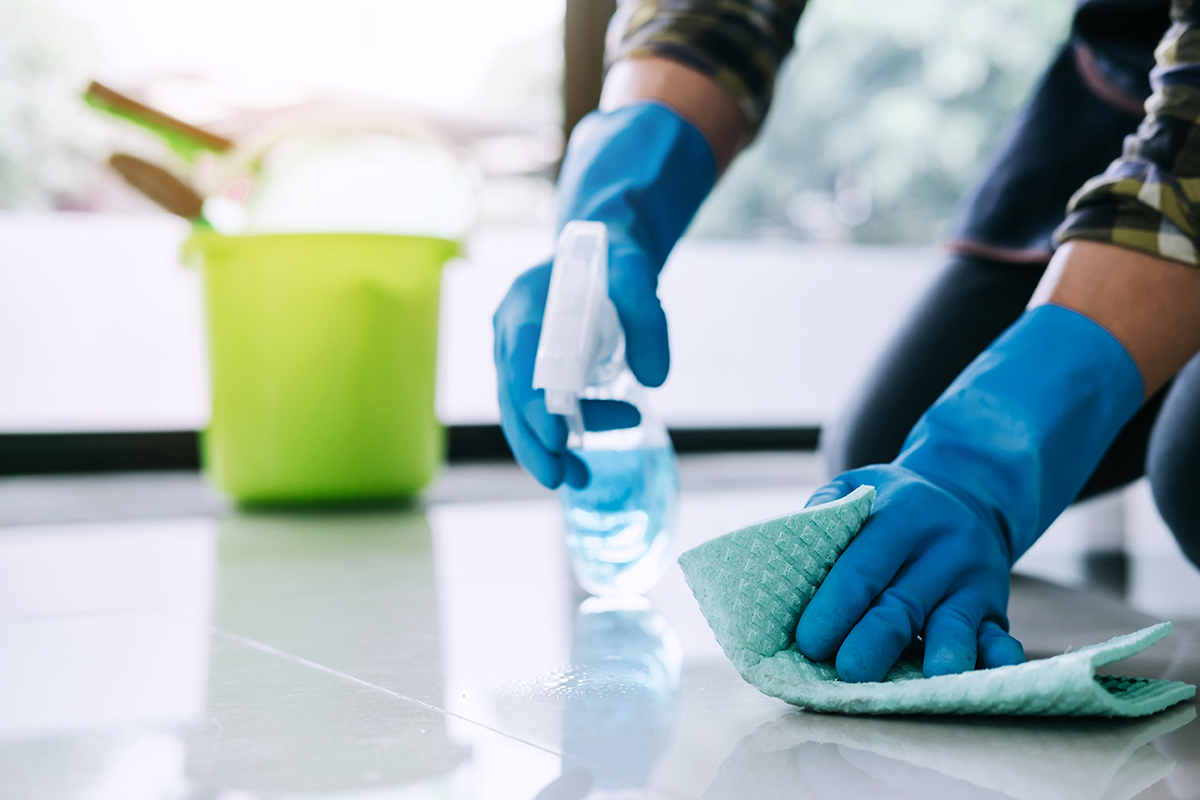 Aug
16
2019
Aug
16
2019
Cleaning Your Home to Prevent Allergies
If you’re susceptible to environmental allergies or find that common allergens trigger your asthma, it can be hard to enjoy daily life. Common household allergens such as dust, pollen, pet hair/fur, and mould can wreak havoc, even on those of us who don’t suffer from allergies. The best way to allergy-proof your home and create a safer, cleaner environment is through a weekly house cleaning routine that targets allergens and their favourite places to gather.
Reducing allergy risk through cleaning
Sometimes, common household allergens like dust and mould can create an immune response in our bodies; leading to sneezing, coughing, and wheezing. Indoor allergens and even outdoor allergens such as pollen and grass can trigger allergy and asthma symptoms in millions of sufferers. It’s been found that at least six allergens have been detectable in more than 50% of households. These allergens are carried through the air, and can easily be trapped in furniture, curtains, and bedding. To reduce your exposure to household allergens, cleaning on a regular basis is one of the most effective measures to take.
How to allergy-proof each room in the house
One of the best ways to get rid of allergens is to get rid of dust. This is because dust mites are the most common trigger of asthma and allergy symptoms inside the home. Most of us get rid of dust by dusting with a feather brush or dry cloth. The problem with dusting in this fashion is that it can actually kick up dust particles, exacerbating allergies.
The best way to get rid of dust in a safer manner is by using a damp or treated cloth, allowing dust particles to become trapped in the cloth, rather than being forced back out into the air. While dust is a major allergen, there are other types of allergens found in each room of a house that need to be treated with a thorough clean.
Kitchen
Keeping a clean kitchen should be commonplace, even more so when it comes to allergens. Cockroaches are a common pest in homes and kitchens, and their droppings can trigger allergy symptoms in some people. For this reason, never leave garbage bins or food uncovered, and always wipe down stove tops and countertops after cooking or after any spillages. Use bio-home Kitchen Cleaner and wipe down all surfaces to clean. While cooking or heating the cooking pots, always make sure you turn your exhaust fan on to draw away moisture from the steam. Scrub and towel-dry the sink and tap area daily in order to prevent mould growth.
Organizing and streamlining your pantry can also help to prevent dust particles from settling. Devote a day to emptying out your pantry and cupboards, giving everything a wipe down with a damp cloth before rearranging in a clean and organised manner.
Bedroom
Bedrooms are particularly good at attracting indoor allergens. Since they usually have storage areas with nooks and crannies, as well as bedding, they are susceptible to gathering dust. Allergens such as dust, pet hair/fur, and mould are the common culprits in a bedroom and often set up home in blankets, pillows, and curtains. For this reason, it’s important that you vacuum out the bedroom at least once a week and also wash and change your bedding at least once every two weeks to kill dust mites and their eggs.
If you have pets, don’t let them onto your bed, as they can transfer pet hair/fur as well as pollen and grass from outdoors. It’s also recommended that you change your pillows every five years, and mattresses every ten years.
Living room
Just like the bedroom, the living room is an area that attracts a lot of dust. The best way to tackle dust mites and allergens in a living room is by starting from the top and working your way down. Begin by trapping dust on ceiling fans using an old pillow case and sliding one on to each blade. This will capture the dust without allowing it to spread back into the air. Wipe down light fixtures and lamps with a slightly damp microfiber cloth, making sure you switch off the power beforehand. Continue wiping down around windows and tabletops with your damp cloth, getting rid of all settled dust and dirt. Finally, get your vacuum cleaner and vacuum the entire surface of your living room. For allergy sufferers and those with asthma, it’s best to vacuum the house every couple of days to keep your home allergy-free.
In between times, you may also wish to invest in an air purifier. Air purifiers work by filtering out particles in the air; trapping allergens (including smoke) and purifying the air, making it healthier to breathe. You can get smaller purifiers to place in your bedroom or study, and larger units to purify the entire house.
Allergy-proof your home
Breathe easier in your home and reduce allergens through regular cleaning and vacuuming. For those seeking to clean regularly using an eco-friendly cleaning product, choose to switch to bio-home. Our cleaning products, including our Multi-Surface Cleaner, are 100% plant-based and kind to sensitive skin. So you can be sure that you’re protecting the health of your home and family from all types of allergens, including harmful residue from chemical-based cleaners.



